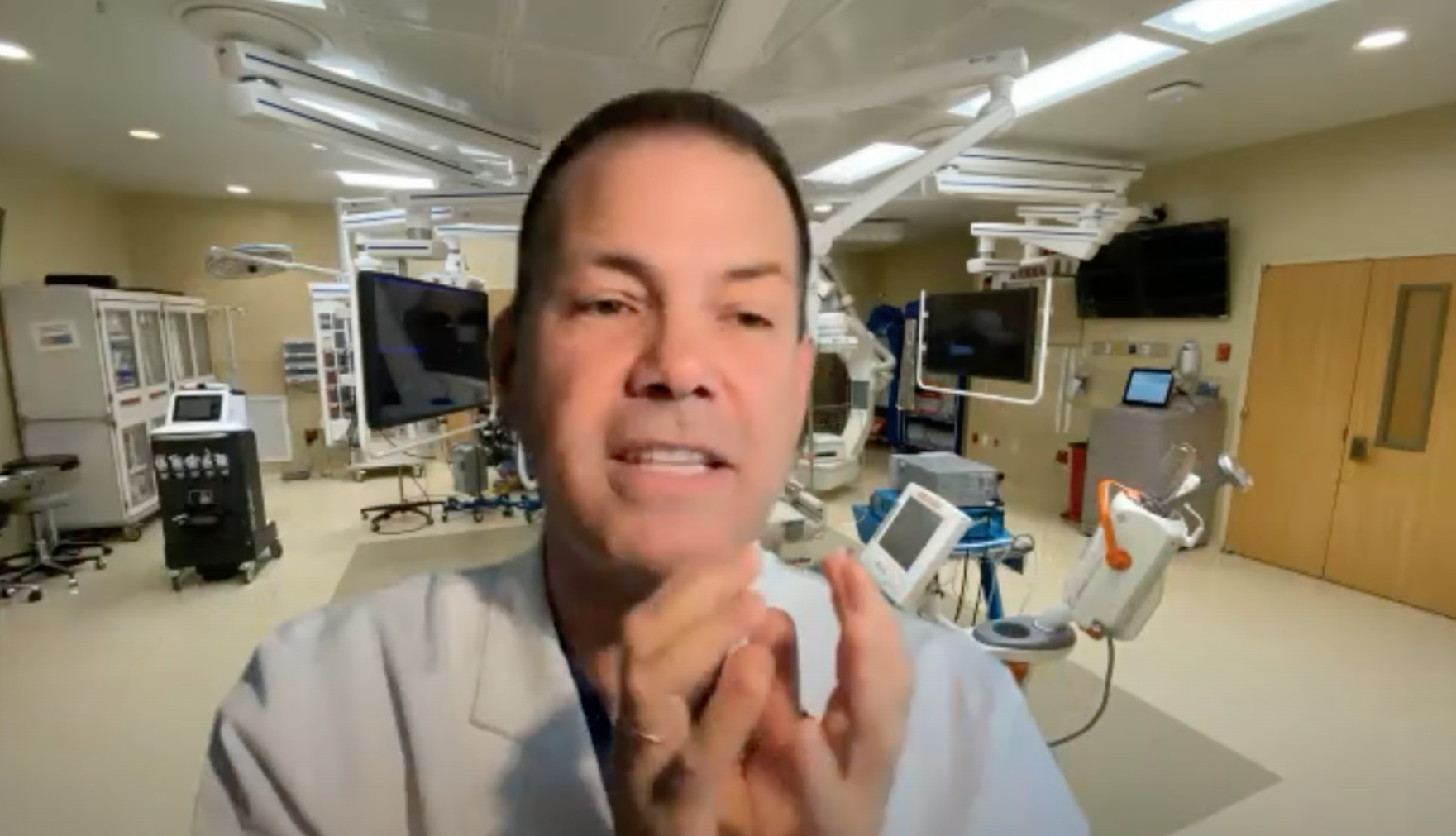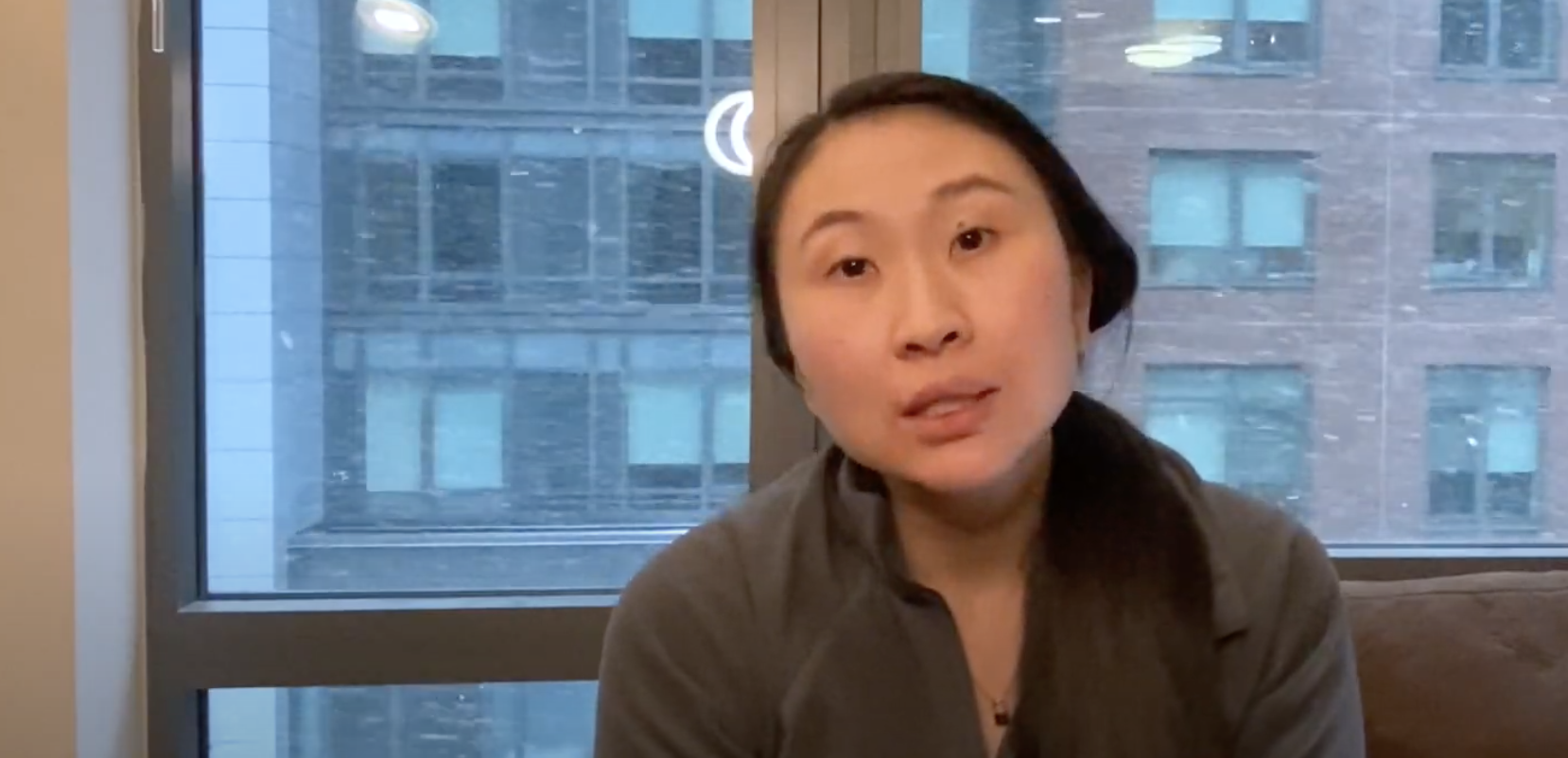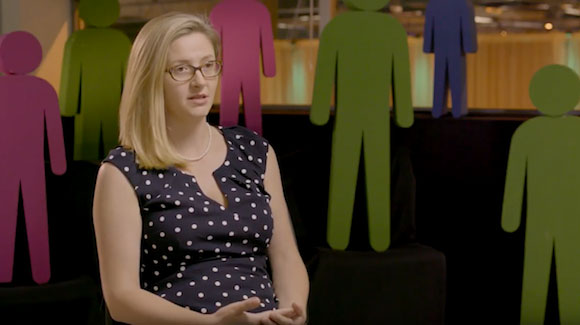Shock Wave Lithotripsy for Children
Reuters Health • The Doctor's Channel Daily Newscast
According to the report published online July 27th by the Journal of Urology, radionuclide scans performed 6 months after SWL showed no renal scarring, and glomerular filtration rate was virtually identical before and after treatment.
However, Dr. Gerald Mingin from Vermont Children’s Hospital, Burlington, who was not involved in the study, prefers endoscopic treatment for young children.
“A lot of times with SWL, the stone fragments won’t pass, so the child needs additional therapy or placement of a ureteral stent,” he told Reuters Health. “Endoscopic treatment is usually successful with one procedure, avoiding multiple courses of general anesthesia.”
In their study, researchers at Cairo University, Egypt, headed by Dr. A. Fayad, used SWL with general anesthesia to treat 100 patients ages 3 to 14 years (mean 7.95) who had a total of 138 radiopaque renal stones (range 8-27 mm). Patients were excluded if they had renal scarring due to prior surgery, vesicoureteral reflux, bilateral stones, or compromised renal function on the affected side that could be due to long-standing obstruction.
Sixty percent of the patients underwent one SWL session, 27% underwent two sessions, and 13% had three. Mean number of shock waves per session was 2000, and mean power used was 17 kV.
At the end of treatment, the stone-free rate was 88%; those who still had stones underwent percutaneous nephrolithotomy.
All the patients experienced transient hematuria. Eight had renal colic due to passage of stone fragments, which was managed conservatively, and three required ureteroscopy for impacted lower ureteral stones with consequent hydronephrosis.
To check on the status of the affected kidneys, the authors performed radionuclide scans of the renal parenchyma and estimated glomerular filtration rate prior to starting SWL and 6 months after the last session. The radionuclide scans were performed 1 month after the third session in patients with residual stones.
None of the patients had renal scarring, the authors report, regardless of their stone burden and number of SWL sessions they had.
Mean glomerular filtration rate was virtually identical before and after treatment (113.13 vs 113.01 mL/m), as was the mean split function of the affected kidney unit (50.05% both times).
While these findings are “encouraging,” Dr. Mingin comments in an editorial, “enthusiasm should be tempered with caution.” It’s possible, he says, that subtle microvascular injuries caused by SWL might add up to significant changes as these children age.
“Like any practice in medicine, different modalities have different roles, and there definitely is a place for SWL,” Dr. Mingin told Reuters Health. He thinks it is more appropriate for older children, who deal with pain better than younger kids, and better tolerate ureteral stents, “so you can wait longer to intervene.”
The other problem with SWL is access to a lithotripter. “In my experience at various centers,” he said, “it can take 2 to 4 weeks to get an appointment, which is just too long in a child who is symptomatic.”
“If you can do it quickly, safely and effectively, that’s the way to go.”
Drs. Scott Cuda and Edwin Smith, from Emory University School of Medicine in Atlanta, echo some of Dr. Mingin’s concerns in a second commentary and wonder about any increased risk of hypertension or proteinuria over time.
“There are several modalities to treat urinary tract stones — retrograde ureteroscopy, extracorporeal shock wave lithotripsy, percutaneous nephrolithotomy or open stone extraction,” Dr. Cuda told Reuters Health via email. Deciding which to use, he said, depends on “several factors such as location and size of stone burden, patient age, medical comorbidities, social factors, etc.”
He noted that “kidney stones are relatively uncommon in children although the incidence appears to be increasing for unknown reasons.”
He cited a recent study showing that, of 2.7 millions pediatric admissions, “1 in 685 admissions were for stone disease. This is compared with similar earlier studies where only 1 in 1000 to 7,600 admissions were due to stone disease.”
Reference:
Evaluation of Renal Function in Children Undergoing Extracorporeal Shock Wave Lithotripsy
J Urol 2010;184:1111-1115.






